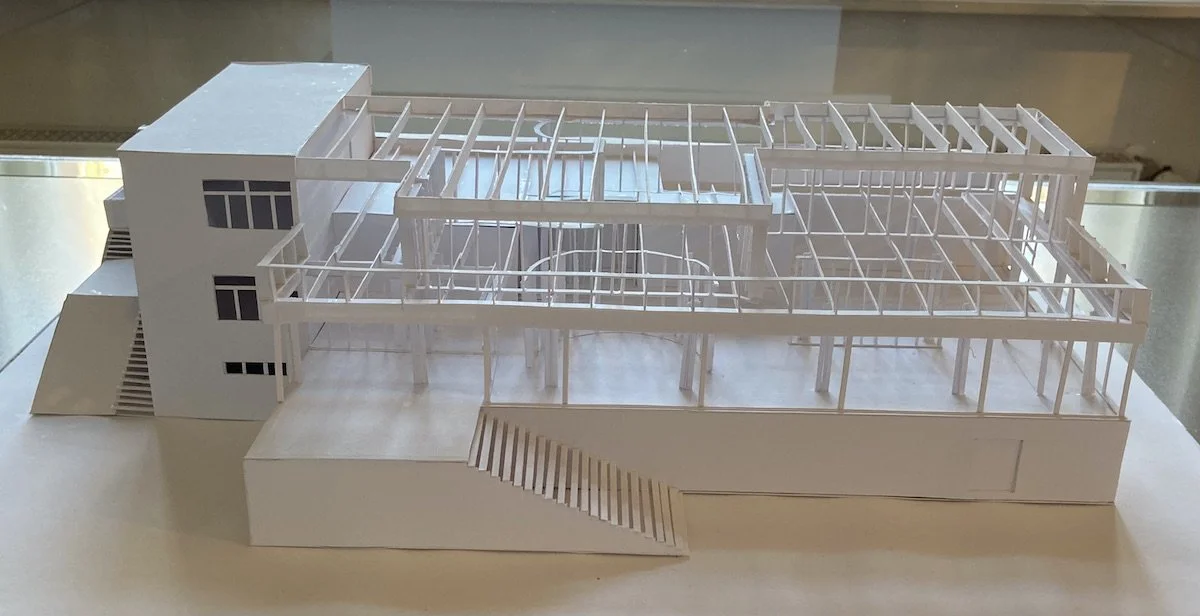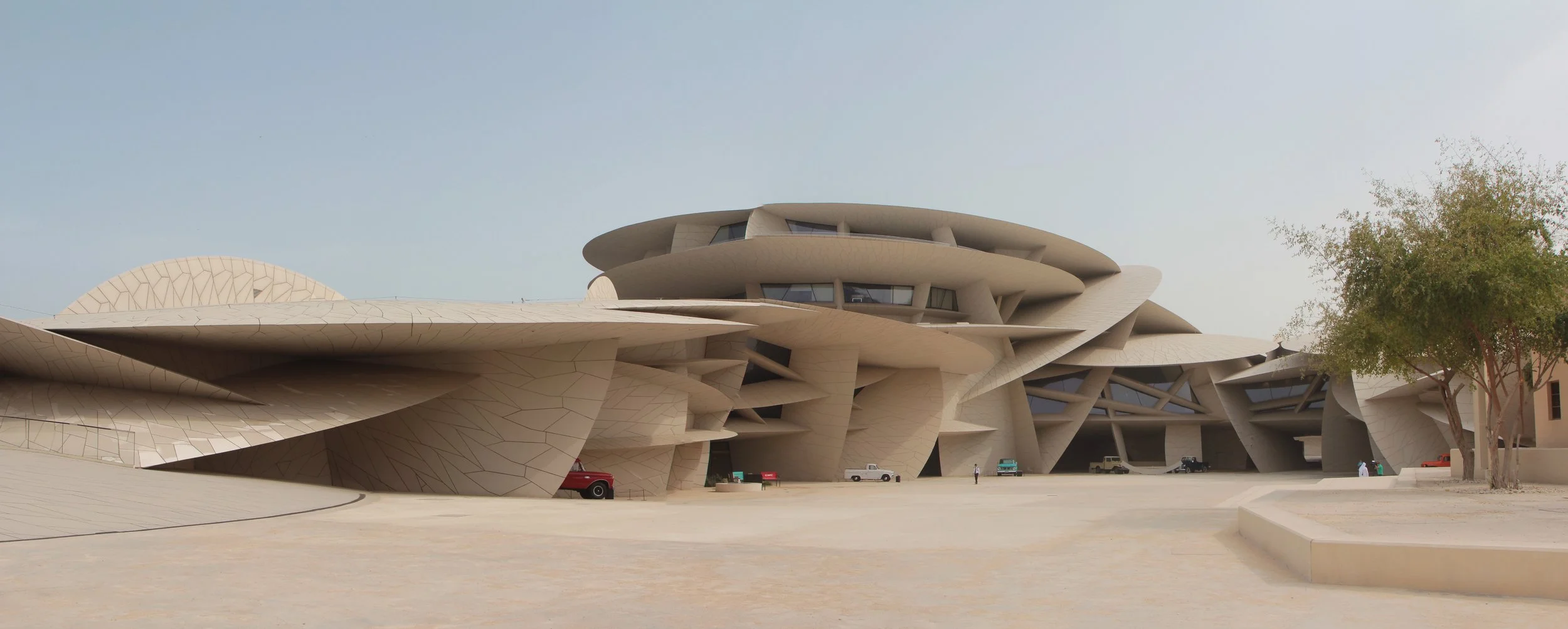Lisbon: colourful but suffering
On this long weekend in Lisbon at the end of October 2021 it was hard to believe that we’re still in the midst of the Covid-19 pandemic. The streets were heaving with youngsters. Average age? Say, 24? This was probably because they were amongst the 42,000 visitors attending the world’s most important tech conference, the Web Summit, which opened on the Monday.
The youngsters will undoubtedly have brought some much needed income to Lisbon’s merchants, but the influx of money has come too late for many others. Whitewashed or barricaded shop-windows, metal shutters lowered, unopened envelopes piling up behind doors that nobody opens, testify to the devastating effect the pandemic has had on Lisbon's economy.
This was not the Lisbon I remembered from just five years ago. I’ m not going to digress about the Portuguese government’s foreign investment plans but what I saw were not only countless bankrupt shops and restaurants but buildings in dire need of repair.
Nevertheless, despite the warm drizzle and low grey skies, the city was colourful thanks not only to the youngsters everywhere but also to the magnificent tiles adorning every facade, as well as the graffiti and urban art that have transformed Lisbon into a global Street Art hotspot, a fact I only discovered when I got home and did some research!
Street art covers a spectrum from the giant work of art to the small graffito, from the authorised to the illegal, and all contribute to making the Portuguese capital one of the most colourful in Europe. In 2008 city authorities acted against the illegal graffiti. The clean-up programme began in the Bairro Alto, the most cultural, creative and Bohemian district of the city where tags, graffiti and stickers of all sorts were upsetting proprietors and inhabitants. In parallel the authorities founded the Galeria de Arte Urbana (GAU) to manage street art projects and ensure the quality. The GAU also attributes spaces where artists can express themselves in all legality. The result is that Lisbon has become a street art Mecca. It's an open-air museum to discover either with an organised walk or, my preference: no-plan wandering… as long as you have a good map! If a little street or hidden stairway beckons, then go there. In this manner I walked an average of 12 kms daily, encouraged also by the impossibility of hopping aboard the famous nº 28 tram as it was so crammed. Instead my friend and I decided to just follow its tracks, stopping every now and then for a coffee and a very unscientific survey of the best “pasteis de nata” (a small custard tart with crispy puff pastry, invented in the 18th century).
That’s how we discovered a black and white pointillist half-portrait of the poetess Sophia de Mello Breyner painted by Eime on a wall in the Graça district. Turning our heads a little we noticed "Revolutionary Woman", a soldier holding a carnation-decorated rifle painted in 2017 by U.S. artist Shepard Fairey (known worldwide for his portrait of Barrack Obama).
In the Alfama district we dodged up the Beco do Maldonado, an alley of steps ignored by tourists all too busy admiring the view towards the Tagus where we were surprised by a wall covered with dozens of eyes watching us labour up the steep steps! A little further on we came across a whole gable, sublimely decorated with birds, plants and a young woman being worried by hands, painted by Portuguese artist OzeArv.
We were staying in a hotel north-west of the city centre, between Edouardo VII Park and Fundação Calouste Gulbenkian. Exploring the neighbourhood and drawn by a remarkable Art Nouveau building (the Lisbon metro head office) and an incongruous Art Nouveau Paris métro entrance, we stumbled upon the “Crono Project”, a crumbling city block decorated by 16 artists from all over the world. "Corporate Slingshot" by Os Gémeos and BLU depicts a man armed with a slingshot firing at another wearing a crown of logos.
A few metres from there is another Art Nouveau building, somewhat dwarfed by the surrounding sky-scrapers. This house, built for naturalist painter José Malhoa in 1904, was purchased in 1932 by ophthalmologist and art collector Anastácio Gonçalves to exhibit his collection. He bequeathed everything to the state which transformed it into a museum in 1980, enlarging it in 1996. We were the only visitors so the guide lit the rooms for us as we went through and answered our questions. It is charming and full of very beautiful works by Portuguese 19th and 20th Century artists I was totally unfamiliar with but also a remarkable collection of oriental ceramics.
Encouraged by the rain to take buses instead of walking we discovered at the main tourist office from the not terribly friendly employee that there are no paper maps showing tram and bus routes. She could only suggest we take pictures of the maps sometimes posted at the stops. Instead we relied on the Moovit app! Nobody else alighted at the MAAT, the Museum of Art, Architecture and Technology at the entrance of the Belém district. This new cultural space is, in fact, two quite distinct buildings separated by a garden. The new one, opened in 2016, is the work of British architect Amanda Levete. It emerges surprisingly from the quayside along the Tagus. We couldn’t find it until we realized the pavement we were walking along was rising slowly to become the roof! Below, the cafe and restaurant offer superb views of the river and the 25 April Bridge.
I will reveal a small secret: far better to order your “pasteis de nata” here than to queue for hours at the nearby Pastelaria, the small pastry shop where the first such pastries were sold in 1837. The older part of the MAAT is the city's former power station, today the very popular electricity museum.

























